‘Indigenous’ of UN vs ‘Indigenous’ in Bharat
Understanding the differences between the UN’s definition of Indigenous and Bharat’s approach, and why the term ‘Adivasi’ may be historically inaccurate.
Total Views |
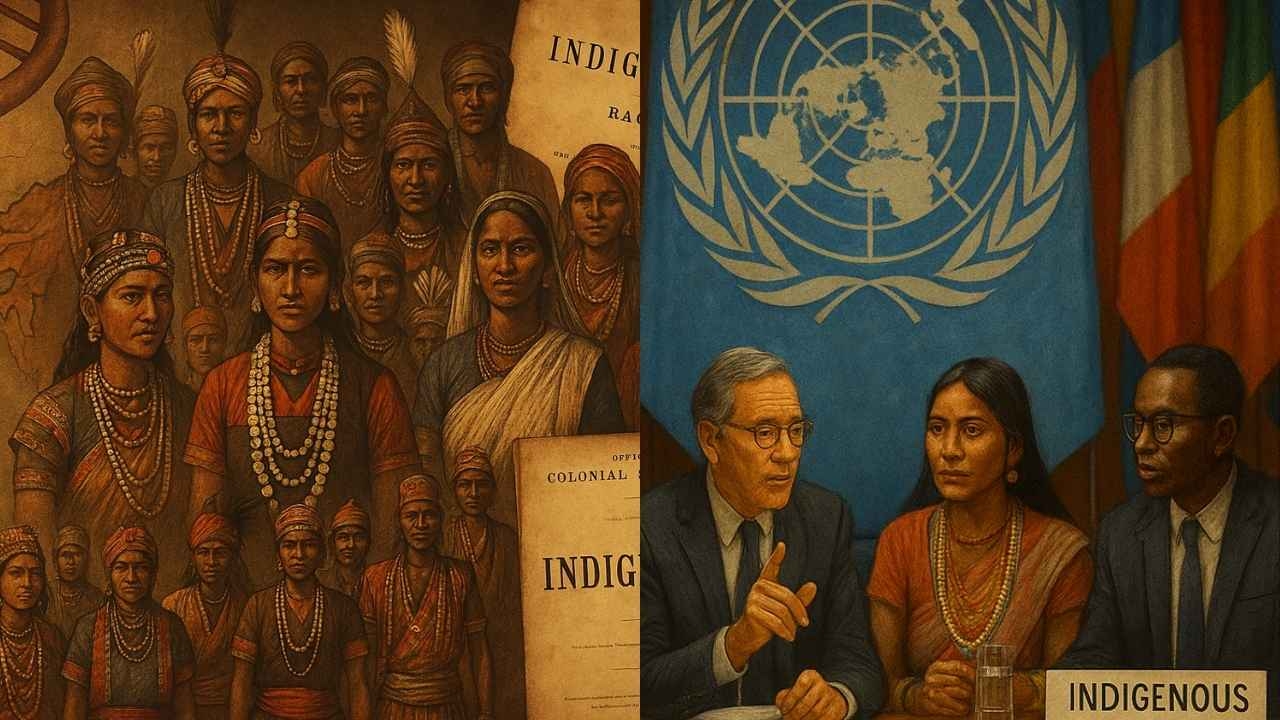
What does 'Indigenous' mean?
Going through terms and historical references, there has been no generally accepted definition of Indigenous peoples, although in the 21st century the focus has been on self-identification, cultural difference from other groups in a state, a special relationship with their traditional territory, and an experience of subjugation and discrimination under a dominant cultural model.
Estimates of the population of Indigenous peoples range from 250 million to 600 million. There are some 5,000 distinct Indigenous peoples spread across every inhabited climate zone and inhabited continent of the world. Most Indigenous peoples are in a minority in the state or traditional territory they inhabit and have experienced domination by other groups, especially non-Indigenous peoples.
National legislation, treaties, and international law outline the rights of Indigenous peoples. The 1989 International Labour Organization (ILO) Convention on Indigenous and Tribal Peoples protects Indigenous peoples from discrimination and specifies their rights to development, customary laws, lands, territories and resources, employment, education and health. In 2007, the United Nations (UN) adopted a Declaration on the Rights of Indigenous Peoples, including their rights to self-determination and to protect their cultures, identities, languages, ceremonies, and access to employment, health, education, and natural resources.
As mentioned by the UN, “Peoples in independent countries who are regarded as indigenous on account of their descent from the populations which inhabited the country, or a geographical region to which the country belongs, at the time of conquest or colonisation or the establishment of present state boundaries and who, irrespective of their legal status, retain some or all of their own social, economic, cultural and political institutions.”
And, “Tribal peoples in independent countries whose social, cultural and economic conditions distinguish them from other sections of the national community, and whose status is regulated wholly or partially by their own customs or traditions or by special laws or regulations.”
Understanding the Indian Context
As per the readings of the United Nations, it’s clear that all Indian citizens are indigenous. Yet, in Bharat, World Indigenous Day is celebrated as ‘Adiwasi Diwas’. At initial levels, this observance was informal and unorganised and was in pocket celebrations. But over time, with various political parties aligned to divisive political advancements and state governments forming their politics and policies over caste, they began recognising it and institutionalised it. And eventually today, it is marked as a formal event.
But when viewed in the Indian context, this celebration appears fundamentally illogical. For instance, the word 'Adivasi' has increasingly been used to refer to communities residing in forested regions of Bharat. But it’s definitely the wrong terminology.
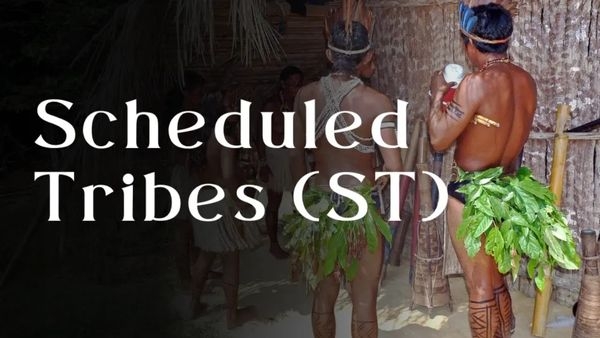
During the framing of the Indian Constitution, terms like 'Adivasi', 'Vanvasi', and 'Moolnivasi' (indigenous) were thoroughly discussed. It was unanimously decided that the term 'Scheduled Tribes' or 'Tribal Communities' would be appropriate in the Indian context. Hence, certain communities were constitutionally defined as Scheduled Tribes.
Meanwhile, the United Nations has drawn a clear distinction between tribes and indigenous peoples. If we repeatedly refer to tribal communities as 'Adivasi', does that mean 'tribe' and 'Adivasi' are the same? Or that indigenous and Adivasi are identical?
To the general public, these terms may appear synonymous, but they are not. The use of the term “Adivasi” in Bharat has its roots in the British colonial “divide and rule” policy and the misleading Aryan-Dravidian theory propagated by Herbert Risley. This theory has always been controversial. Since Risley’s time, scientific understanding — especially in the field of genetics — has advanced significantly.
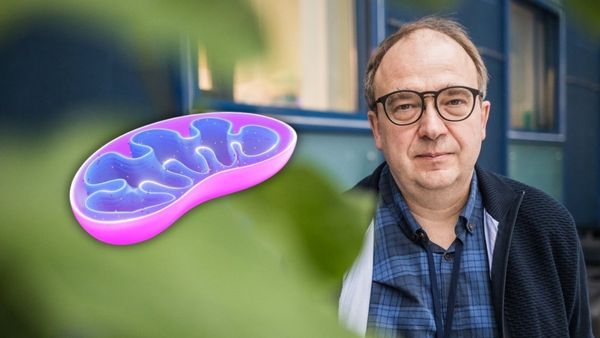
Today, we have detailed knowledge of human genetics. Studies by scientists such as Toomas Kivisild and others have shown that 99% of the people living in the Indian subcontinent share the same mitochondrial DNA, descending from a common maternal ancestor. Furthermore, it has been clearly established that communities originating in Bharat were the ancestors of populations in both Europe and East Asia. Geneticist Stephen Oppenheimer, in his book, even referred to this Indian ancestral mother as “The Real Eve” of Europe and Asia. All these facts affirm that whether North or South Indian, caste-based or tribal, speakers of Indo-Aryan languages or other tongues — all Indians share the same ancestral origins.
The visible diversity among Indian populations is the result of minor mutations accumulated over thousands of years of continuous settlement. Therefore, labelling one community as indigenous and another as an outsider in Bharat is nothing more than a deliberate fabrication.
What does ‘Adivasi’ mean?
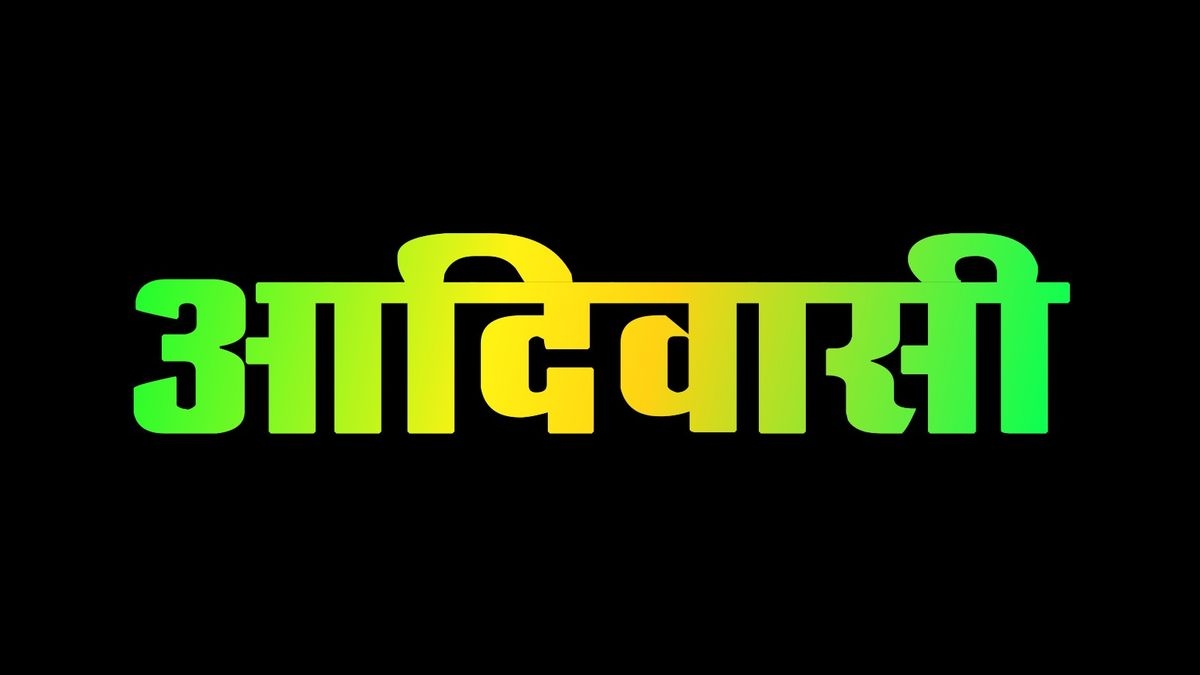
The word 'Adivasi' is composed of two Sanskrit roots: 'Adi' (original) and 'Vasi' (inhabitant). Yet, this term is absent from any ancient or mediaeval literature, tribal folklore, or traditional lexicons. Even in modern history, the term does not appear in early dictionaries. For instance, Monier-Williams’ Sanskrit-English Dictionary, published in 1872, and its revised 1899 edition, do not contain this word. Neither does the 1890 dictionary by Vaman Apte nor the 1879 dictionary by Fallon. The term 'Adivasi' makes its first appearance in Russell’s glossary in 1936. This indicates that 'Adivasi' as a term has no historical association with tribal communities.
Even the Government of Bharat has not officially recognised the word 'Adivasi'. Furthermore, the United Nations created the “Permanent Forum on Indigenous Issues” with a three-year term for its members. During both the 2017–2019 and 2020–2022 terms, no representative from Bharat or the Indian subcontinent was included in this forum. This also indicates that there is no indigenous population-related concern in the Indian subcontinent, as all Indians are essentially indigenous.
And the recent emphasising of terms like ‘indigenous’ in Bharat is more of an inspiration from the political motives, which involve dividing the citizens of Bharat over the politics of caste.
Article by
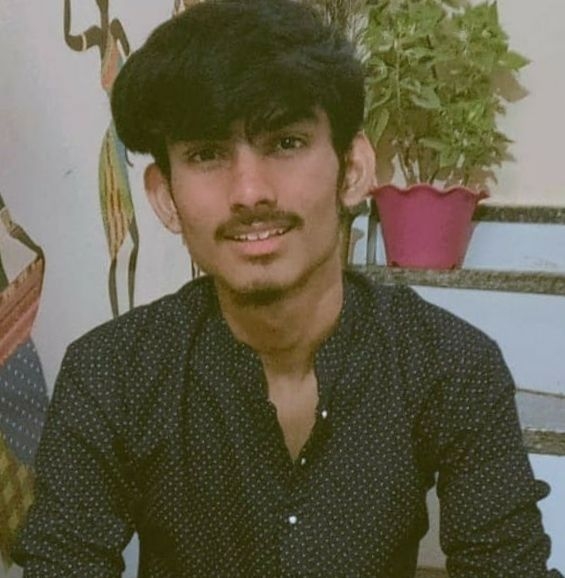
Kewali Kabir Jain
Journalism Student at Makhanlal Chaturvedi National University of Journalism and Communication

